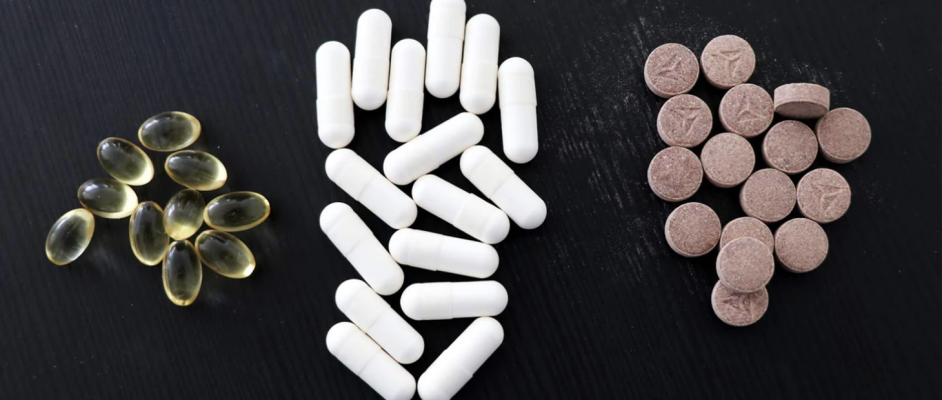 It’s ten o’clock. Do you know where your dietary supplement has been?
It’s ten o’clock. Do you know where your dietary supplement has been?
I chuckle when I remember this public service announcement from my childhood. “It’s ten o’clock. Do you know where your children are?” But joking aside, do you know what your dietary supplement had to go through to make it onto the market?
Rigorous safety testing? Demonstration of efficacy? Toxicology studies?
Nope. Your dietary supplement has likely been through none of these. There were no requirements to demonstrate safety or even efficacy before entering the market. No one had to check the purity of ingredients coming from foreign countries. Toxicology studies on the active ingredients might be nonexistent. No one had to check to ensure that the ingredients in the supplement are even the same ingredients listed on the label. For the majority of Americans who take a dietary supplement, that should be a wake-up call.
It’s ten o’clock, and I have no idea where my dietary supplement has been.
In my last post, I discussed the complex regulatory landscape of dietary supplements. The bottom line is that, for regulatory purposes, dietary supplements are foods, not drugs. This means that there’s no requirement that a supplement demonstrate safety or efficacy before coming to market. There’s no requirement to detail the side effects. There need not be any toxicology studies of the active ingredients, and the manufacturer need not prove (before coming to market) that the product is as pure as the label claims. While many supplements come from honest business ventures, many do not. And the lack of premarket checks on supplements often leaves consumers in a precarious position, at risk for adverse events or unpleasant side effects.
Can We Do Anything About the Current Situation?
Sadly, the current state of the law allows regulatory action by agencies like the Food and Drug Administration (FDA) only after a product is on the market. Worse still, there’s usually only regulatory action after adverse events occur. But once this happens, FDA can launch an investigation into the offending products. FDA laboratories work tirelessly to test all types of supplements to determine what’s in them and whether those ingredients match those listed on the label. The science on this side of things runs a fascinating gamut, ranging from quick-and-dirty tests for a specific drug to in-depth analyses using state-of-the-art equipment.
The Quick and Dirty
Tests that look for specific drugs, toxins, or other molecules are called targeted tests. These tests only yield information about specific, predetermined compounds (hence the term “targeted”). They are generally faster and easier than untargeted tests, but the downside is that they don’t provide information outside of their initial scope. They can take many forms and use many different types of instrumentation. Color testing, infrared spectroscopy, Raman spectroscopy, and ultraviolet spectroscopy are just a few of the options available.
However, one particular type of instrument is now the gold standard for identification of small molecules: the mass spectrometer. The field of mass spectrometry relies on the fact that different compounds have different molecular weights. If we can know the molecular weight of a compound, we can make some pretty good guesses as to what that compound is, especially if we pair it with other things we know about that compound. Mass spectrometers are useful in a variety of situations to perform both targeted and untargeted screening. There are mass spectrometers small and simple enough to be used at ports of entry, rapidly screening for just a few molecules, and there are other models that can perform in-depth, untargeted analyses. These models differ in complexity and price, but they all do the same thing.
In-Depth Analyses
The mass spectrometers used to perform in-depth analyses are generally much larger and more accurate. They also generally come with advanced separation technologies, like gas chromatography (GC) or liquid chromatography (LC) systems. Chromatography systems are important for in-depth analyses because they separate out all the compounds in a mixture, which allows the mass spectrometer to analyze them one by one, rather than all at once. This avoids interference (read: cross-talk) between compounds.
Between knowing the separation characteristics of the molecules we’re interested in and the information we gain through mass spectrometry, we can make some very good predictions of the identity of each of the compounds in a mixture. These types of instruments have the capability to do targeted screening, and often the ability to do untargeted screening as well. These types of instruments have been used to identify DMHA and other amines in fitness supplements, dangerous drugs in male enhancement supplements, and undeclared drugs in weight loss supplements.
The Bottom Line
Regulation of dietary supplements can be a lot like a game of whack-a-mole. Despite this, there are laboratories working diligently behind the scenes to test dietary supplements. If they find dangerous ingredients, the agency can take action. The first steps may involve warning letters or urging the manufacturer to recall the product (you can find recalls here). Occasionally agency action escalates to more forceful measures. But regardless of the specific channels used to achieve it, FDA is always working to take dangerous supplements off the market.
Erica Bakota is a GovLoop Featured Contributor. After earning her PhD in chemistry at Rice University, she joined USDA as a research chemist, where she studied lipid oxidation and alternatives to partially hydrogenated oils. She then returned to Houston, Texas to join the Harris County Institute of Forensic Sciences, where she led method development and validation for the Forensic Toxicology Laboratory. In March 2018, she made a move back to the feds and is now with the FDA as a chemist at the Kansas City Laboratory. Her work at FDA focuses on active ingredients in dietary supplements and pesticide residues in foods. You can read her posts here.





Thank you for helping me get smarter on the responsibilities of the FDA! Can’t wait to share what I learned!